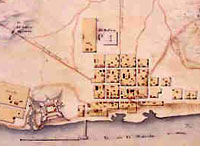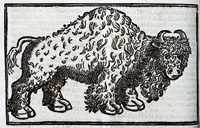Lyndon B. Johnson State Park, Historic Site, and Sauer-Beckmann Farm [TX]
The park's location is historically significant since it is in the heart of the former President's home country. The area has been influenced by three major cultures: Native Americans, Spanish, and German. Indians roamed the Hill Country first, leaving behind artifacts which tell of their nomadic life. The Spanish conquistadors followed, bringing a culture which was to endure to the present. German immigrants settled the Hill Country in the early 1800s and their descendants still call it home. Their culture has had a major impact on the development of the region and the park itself. All of these cultures are represented at the park. The Visitor Center contains memorabilia from President Johnson's presidency and interactive displays about the land and people that shaped a president. Attached to the Visitors Center is the Behrens Cabin, a two-room dogtrot cabin built by German immigrant H. C. Behrens during the 1870s. The furnishings are typical of such homes in that period. Visitors can further explore the history of these immigrants by viewing the 1860s Danz family log cabin located just west of the Visitor Center. Also located in the park is the Sauer-Beckmann Farm, a living history farm. Life on the farmstead is presented as it was in 1918. Park interpreters wear period clothing, do the farm and household chores as they were done at that time, and also conduct tours for the visitors.
The site offers exhibits, tours, demonstrations, and occasional recreational and educational events (including living history events).

